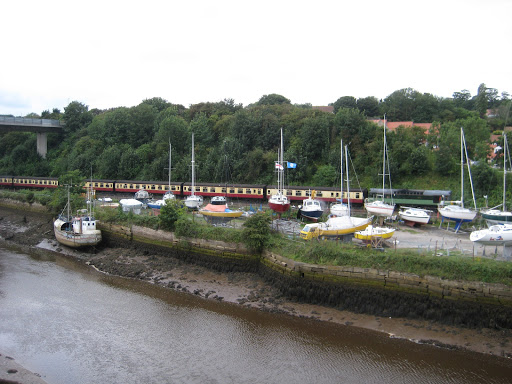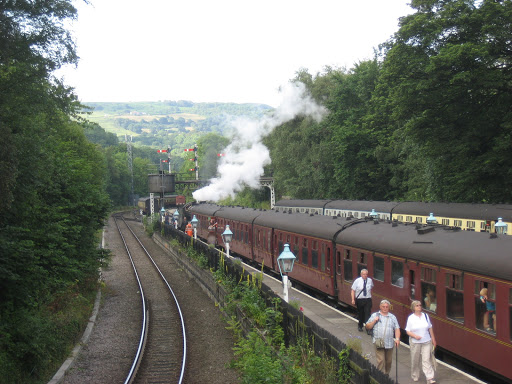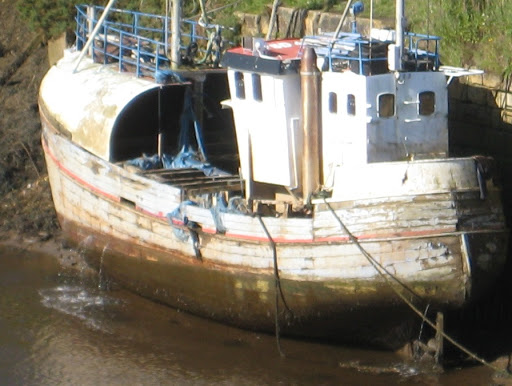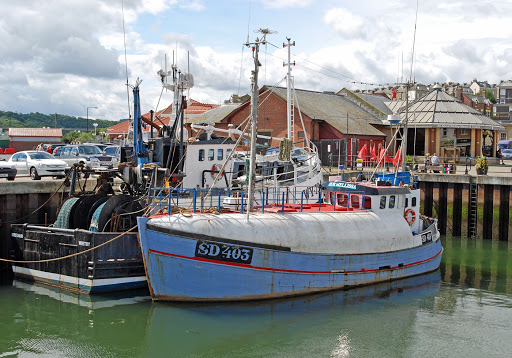I had been asked (i.e. told) at short notice to give an outline of our business computing system to some new customers whose primary contact had been sent off to an urgent problem abroad. All I knew was that the four guys in front of me were from an outfit called NIPF and that they spoke with those throaty Northern Irish voices you sometimes hear on television. One, a big, confident man in his fifties with a shiny, shaved head and intense stare, was clearly in charge. Another was half his size and looked a bit shifty. I began, predictably, by introducing myself and asking their names.
“Con Cluskey,” answered the one on the left.
“John Stokes,” said the big, confident man.
“Eric Wrixon,” said the third.
“John Stokes,” said the little, shifty guy.
“Oh! That’s interesting.” I exclaimed. “So, you’re John Stokes as well? You’re both called John Stokes?”
John Stokes 2 looked flustered. “Sorry. It’s Morrison... Van… er, George… George Morrison… George Morris.”
“He’s very tired,” said John Stokes 1.
It was unsettling, but it seemed best to let it go and get on with the presentation. I showed them the system: how it could keep track of their computers and printers and other pieces of equipment, and would tell them when they needed updating or maintaining, and could record what things had gone wrong and repairs that had been carried out, and what parts they used, and so on. All went well.
When I got home that evening, I told the future Mrs. D. about the guy who didn’t know his own name.
“As if they weren’t using their real names,” she suggested.
It turned out that was indeed the case. In fact, they possibly did not even know each others’ real names. And it wasn’t just for maintaining computers they had bought the system. They had mobile communications equipment, surveillance kit and other stuff they’d rather not talk about.
Three or four weeks later, the Customer Support Director called me in. He asked me (i.e. told me) to go to Belfast to run a two-day training course for NIPF’s staff.
“It’s extremely confidential,” he warned. “They asked specifically for you. You have been checked out and granted security clearance. I would fully understand if you didn’t want to go. It would not count against you in any way .” Of course he would. Of course it wouldn’t. I started to feel very apprehensive. Not put too fine a point on it, I felt a bit sick.
NIPF was a covert name for the Northern Ireland Police Force, then known as the Royal Ulster Constabulary (RUC). It was the late nineteen-eighties and they were still dealing with the ethno-nationalist “Troubles” between warring paramilitary groups. Three members of the Provisional Irish Republican Army (IRA) had recently been shot by British security forces in Gibraltar, and at their funeral in Belfast a member of the opposing Ulster Defence Association (UDA) had thrown grenades at the coffin and shot three people dead. At one of the ensuing funerals, two British Army corporals were surrounded in their car, taken away and killed. It was not a place any English person would go for a holiday.
When I told the future Mrs. D. where I was going, not even giving the full details, she almost had a meltdown. It’s the kind of thing that brings home how much you love each other.
Well, I am still here. NIPF gave me strict rules to follow. I would be met at the airport and taken to a hotel. The hotel was safe, but I was not to leave it under any circumstances. I would be collected each morning and taken to NIPF’s HQ, and returned to the hotel again in the evening. They would take me back to the airport at the end of the second day. I should speak as little as possible so as not to reveal my English accent. Everything would be fine, they assured me. The effect was to make me even more queasy and apprehensive.
John Stokes 1 collected me from Belfast International Airport. The windows of his Ford Granada had inch-thick glass. He warned me to mind my hands as he heaved shut the heavy door. It was reinforced with steel plating. The car averaged about seven miles to the gallon. When I asked was it all really necessary he said the route between the airport and hotel passed through bandit country and it would be dangerous if we broke down. Otherwise, it was just like being at any other customers’ except for the armoured Land Rovers parked outside, and the canteen where uniformed squaddies piled their submachine guns and body armour outside in the corridor. I didn’t eat much.
One thing I did like was the Belfast accent: the way they say “BelFAAST” with a big, wide “aa”; how words like “now”
and “flower” become “noy” and “floyyer” (“hoy noy broyn coy”); the way they pronounce Rs at the end of words; how “rain” becomes “reey-in’ ”. They gave me elocution lessons, although I was a poor learner. On leaving, they gave me a present, a book on how to speak “Norn Iron” (you sound both Rs in that).
My queasy apprehension did not lift until safely on the plane home. I gazed over Port St. Mary and the little island known as the Calf of Man glowing in the evening sunlight, and giggled on finding the phrase I might have used to buy medicine for an unsettled stomach without giving away my English accent (remember, emphasis on the big wide “aa”s):
“Do you hav’ a battle fer vamittin’?”

















































